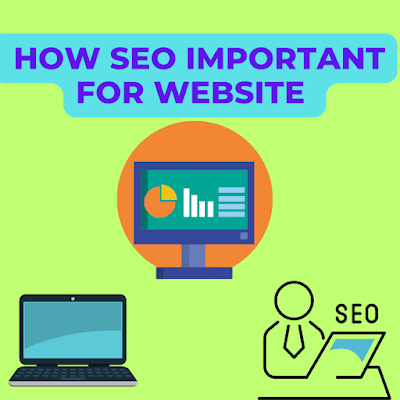Search engine optimization (SEO) is crucial for websites for several reasons. In today's digital landscape, where search engines like google, bing, ask and yahoo play a significant role in directing online traffic, having a well-optimized website can greatly impact its visibility, organic traffic, and overall success. This article will delve into the importance of SEO for websites, covering various aspects such as visibility, credibility, user experience, and long-term benefits.
Pages
Sunday, June 25, 2023
Tuesday, June 6, 2023
What is Digital Marketing?
Digital Marketing is a term that encompasses a range of activities that are used to promote and market products and services online. Digital Marketing services include search engine optimization (SEO), pay-per-click (PPC) campaigns, email marketing, content marketing, influencer marketing, conversion rate optimization (CRO), social media marketing, and mobile app development.
Tuesday, May 30, 2023
What is content marketing?
Content marketing is a strategic marketing approach that involves creating and distributing valuable, relevant, and consistent content to attract and retain a clearly defined audience and ultimately drive profitable customer action. The goal of content marketing is to provide information that is useful and engaging to the target audience, with the aim of building trust and establishing long-term relationships.
Saturday, April 29, 2023
How to create good content ?
Creating good content is essential for engaging and retaining your audience, building your brand, and achieving your marketing goals. Whether you're creating content for your blog, social media, or website, there are certain principles you can follow to ensure your content is engaging, informative, and relevant to your audience.




